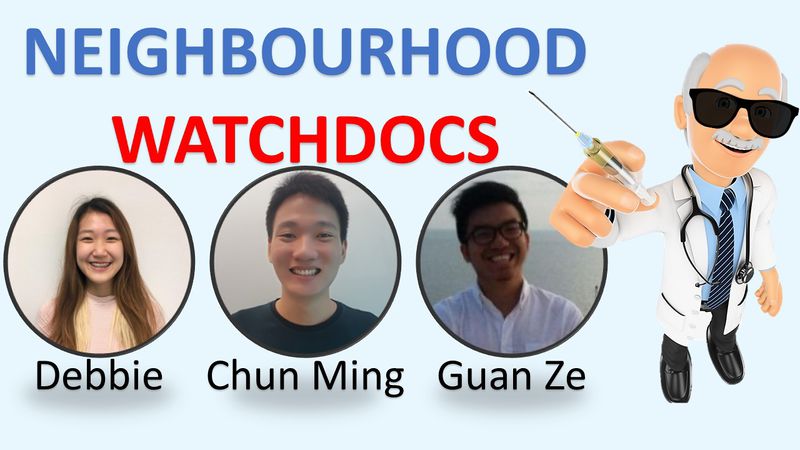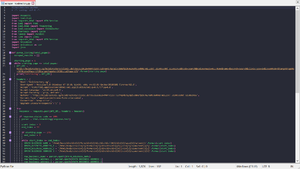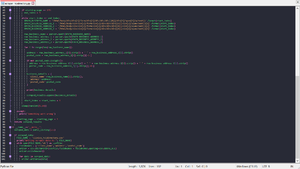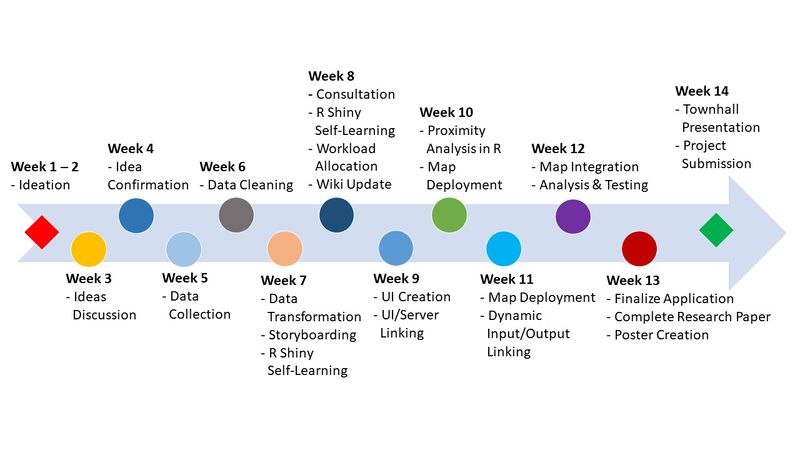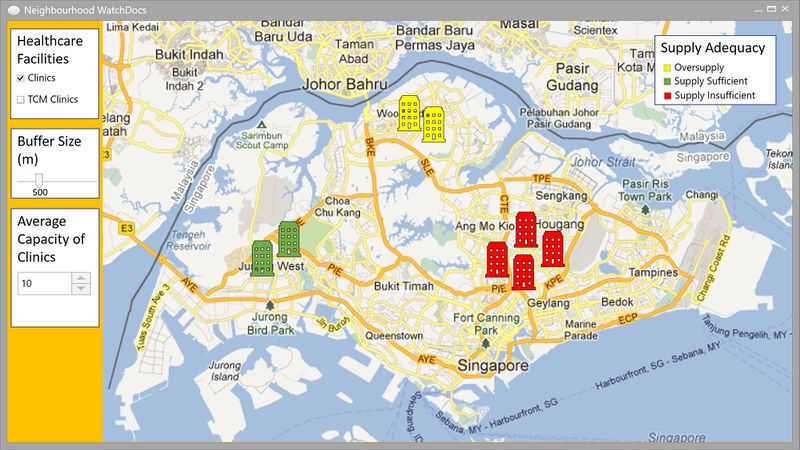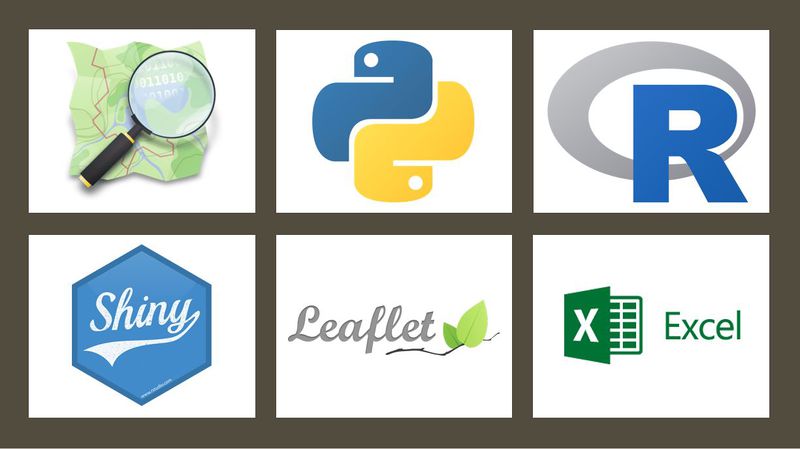NeighbourhoodWatchDocs
- To build a GIS tool (an R Shiny app)
- Analyse the demand and supply of clinics using the proximity of each clinic in residential zones
- Evaluate results of analysis and provide recommendations to further improve the social welfare for the residents who require special assistance
|
No. |
Dataset |
Description |
Source(s) |
|
1. |
OSM Layer (Singapore) |
This dataset is necessary for us to be able to plot the Singapore map. |
OpenStreetMap |
|
2. |
Singapore Planning Subzone (MP14_SUBZONE_WEB_PL) |
This dataset is necessary for us to be able to plot the Singapore map out at a planning subzone level. |
https://data.gov.sg/dataset/master-plan-2014-subzone-boundary-no-sea |
|
3. |
Estimated Singapore Resident Population in HDB Flats |
Find out the number of residents per estate. |
https://data.gov.sg/dataset/estimated-resident-population-living-in-hdb-flats |
|
4. |
Dwelling Units under HDB's Management, by Town and Flat Type |
Shows number of units per estate for each flat type. |
https://data.gov.sg/dataset/number-of-residential-units-under-hdb-s-management |
|
5. |
Residents by Age Group & Type of Dwelling, Annual |
Shows age group and number of residents by type of dwelling. |
https://data.gov.sg/dataset/residents-by-age-group-type-of-dwelling-annual |
|
6. |
Singapore Residents by Subzone and Type of Dwelling, June 2016 |
This dataset is necessary for us to find out the total number of elderly population in a specific Subzone. |
https://data.gov.sg/dataset/singapore-residents-by-subzone-and-type-of-dwelling-june-2016 |
|
7. |
Singapore Residents by Subzone, Age Group and Sex, June 2016 (Gender) |
This dataset is necessary for us to find out the total number of elderly population. |
https://data.gov.sg/dataset/singapore-residents-by-subzone-age-group-and-sex-june-2016-gender |
|
8. |
Total Number of Healthcare facilities in Singapore |
This dataset is necessary for us to locate all the neighborhood clinics in Singapore and find out which Subzone they belong to, so as to aid in our proximity analysis with the dwellings. As this data is not readily available to us, we will need to perform web scraping to "scrape" the data off the Singapore YellowPages website. A Python script can help us achieve the following and more details can be found below. |
| Code Snippet 1 | Code Snippet 2 |
|---|---|
1. Visit through each page of the YellowPages Singapore's clinics results in a loop.
2. Make use of XPATH expressions to retrieve the content (clinic name, address, latitude and longitude) located at specific HTML attributes.
3. Check whether the retrieved clinic info is a Dental clinic, if yes we will SKIP the result, if not we will proceed to save it.
4. When all pages are visited, the retrieved clinics information will be parsed and stored into a .CSV file with the respective columns.
Our team aims to create a dashboard that will display all the clinics (medical and TCM) across Singapore. We will also display dwellings in the respective subzones and the estimated number of elderly aged 65 and above staying there. Just the above will show the supply and demand for healthcare in clinics. Further analysis will be calculated on how the supply and demand are met, as well as to identify any potential gaps e.g. overdemand or oversupply of healthcare facilities in a particular subzone.
The supply and demand data for selected subzones will then be displayed on a data table for better visualization.
These are the tools and technology our team aims to explore and use through the period of the project to achieve our objectives. It will be updated as we go through the project.
|
No. |
Key Technical Challenges |
Description |
Proposed Solution |
Outcome |
|
1. |
Unfamiliarity with R packages and R Shiny |
Our team may encounter the use of additional R resources that were not taught in class. |
- Independent Learning on R packages and R Shiny |
We managed to solve the mentioned challenge with the following resources: |
|
2. |
Data Cleaning and Transformation |
As we need to collect the data from various sources, they may have different attributes such as the Coordinate Reference System (CRS), units of measurement and etc. |
Adopt a standardized process of cleaning the data, focusing with what we only need. Most of the datasets used for our project can be found in our Hands-On or Take-Home exercises and we can rely on those existing data. |
We managed to solve our technical challenge with the following: |
|
3. |
Limitations & Constraints in Datasets |
There are certain assumptions that we need to make based on the context and purpose of our project, such as the average number of doctors in a particular clinic, which cannot be derived from our datasets. |
Working out with the team together and figuring out a reasonable and valid assumption, together with adequate online research and consultation with Prof. Kam. |
We managed to solve our technical challenge with the following: |
